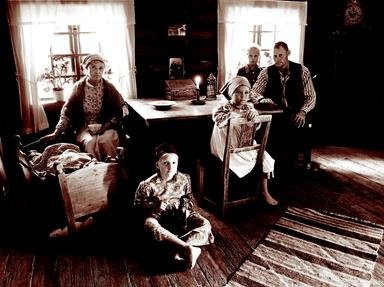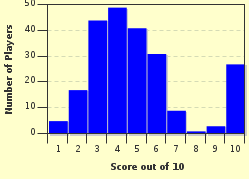Quiz Answer Key and Fun Facts
1. In 1803 the United States purchased what was known as the Louisiana Territory from France. Land that later formed many Midwest states was included in the sale. Which of the following states contains land NOT included in the Louisiana Purchase?
2. The Midwest suffered from the most powerful intraplate earthquake in the continental United States. It occurred on February 7, 1812. Where was the quake epicenter located?
3. The Michigan Territory contained all or part of 6 or 7 states before Michigan statehood. Which Midwest state was NOT included in the Territory?
4. The Toledo War was a long fought series of battles, mostly of words and threats, between the state of Ohio and the Michigan Territory. Which of the following Civil War Generals had a part in the Toledo War?
5. The Wisconsin Territory was carved out of the Michigan Territory around the time of Michigan statehood. What city became the third territorial capital in 1838?
6. Opposition to the Kansas-Nebraska Act lead to the formation of a new US political party. Which one?
7. The Mississippi River divides the US and the Midwest in half. The first railroad bridge crossing the Mississippi was built 1n 1856. Two weeks after the bridge opened, an incident occurred. What happened?
8. The Dakota War was fought in 1862 between bands of the Dakota/Sioux Nation, and US settlers and soldiers in Minnesota and the Dakota Territory. What was NOT a cause of the War?
9. The James Gang were equal-opportunity thieves. They had reported robberies in half of the Midwest states. Where was their most famous failure, which took place on September 7, 1876?
10. Between North Dakota and South Dakota, which state was admitted to the Union first?
Source: Author
JMElston
This quiz was reviewed by FunTrivia editor
bloomsby before going online.
Any errors found in FunTrivia content are routinely corrected through our feedback system.

